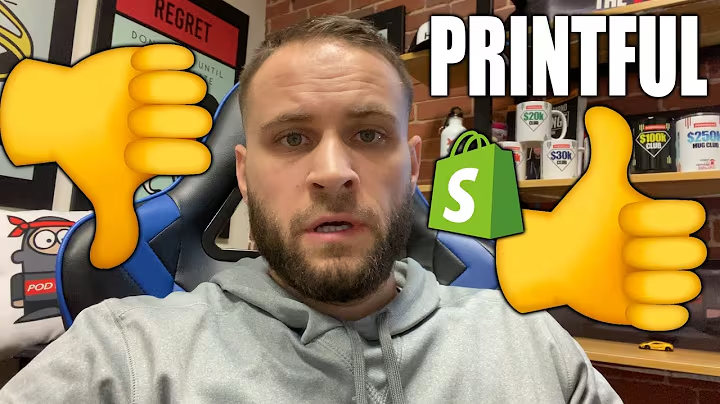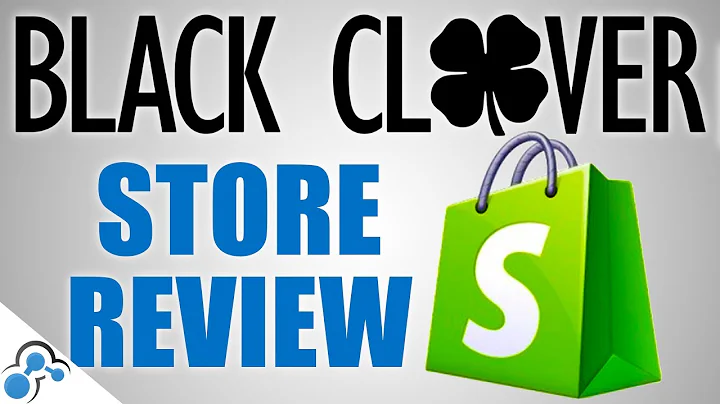Unleash the Power of Shopify Web Scraping - A Step-by-Step Guide
Table of Contents:
- Introduction
- Understanding Shopify Web Scraper
- How to Identify If a Website Is Shopify-Based
- The Process of Scraping Data from Shopify
- Setting Up a Campaign in MyDataProvider
- Defining Parameters for Running the Web Scraper
- Exporting and Saving Data from the Scraper
- Running the Scraper
- Viewing and Analyzing the Scraped Results
- Receiving Notifications and Downloading Scraped Data
- Conclusion
Introduction:
In this article, we will explore the world of Shopify web scraping and how you can effectively utilize it using MyDataProvider. If you've ever wondered how to extract data from Shopify websites without authorization, this guide is for you. We will cover everything from identifying a Shopify-based website to setting up a campaign, defining parameters, running the scraper, exporting data, and analyzing the results. So let's dive in and discover the power of Shopify web scraping!
1. Understanding Shopify Web Scraper
Shopify web scraper is a tool that allows users to extract data from Shopify-based websites without the need for authorization. Whether you're looking to collect product information, prices, or any other data, the Shopify web scraper simplifies the process and makes it easy even for non-technical users.
2. How to Identify If a Website Is Shopify-Based
Before scraping data from a website, it's essential to determine whether it is built on the Shopify platform or not. You can quickly identify a Shopify-based website by inspecting its page source. Look for lines that contain "cdn.simplify" within the page source. If you find such lines, it's a strong indication that the website is Shopify-based and can be scraped.
3. The Process of Scraping Data from Shopify
To scrape data from a Shopify website, you'll need MyDataProvider's Shopify Universal scraper. This scraper is designed specifically to extract data from Shopify websites. By adding the scraper to your account and defining the parameters, you can easily retrieve the desired data without any hassle.
4. Setting Up a Campaign in MyDataProvider
To begin scraping data from Shopify, you need to set up a campaign in your MyDataProvider account. A campaign allows you to organize and manage multiple scrapers efficiently. By creating a dedicated campaign for Shopify scraping, you can keep your data extraction organized and easily accessible.
5. Defining Parameters for Running the Web Scraper
Once you have set up the campaign, it's time to define the parameters for running the Shopify web scraper. MyDataProvider provides comprehensive documentation on how to define categories for scraping. By specifying the category name, keyword, and passing the link to the Shopify website, you can customize the scraper according to your specific requirements.
6. Exporting and Saving Data from the Scraper
After defining the scraping parameters, you can choose how to save and export the scraped data. MyDataProvider offers various options such as Excel, CSV, JSON, and XML formats. For exporting data specifically for Shopify, it's recommended to select the Shopify CSV format. This ensures compatibility with Shopify and simplifies the importing process.
7. Running the Scraper
With all the parameters defined and the data export format selected, it's time to run the Shopify web scraper. In your MyDataProvider account, navigate to the scraping section and find the "Run Scraper" option. Click on it, provide a suitable label for the run, and initiate the scraping process. Sit back and let the scraper do its magic.
8. Viewing and Analyzing the Scraped Results
Once the scraping is complete, you can view and analyze the scraped results. MyDataProvider allows you to download the scraped data file and open it in your preferred format, such as Excel. Within the file, you'll find all the extracted products' information, including prices, images, and more. This data can be used for various purposes, such as competitor analysis, supplier research, or even optimizing your own product listings.
9. Receiving Notifications and Downloading Scraped Data
MyDataProvider ensures that you are always up to date with the status of your scraping tasks. Once a task is finished, you will receive an email notification. If the resulting file is smaller than 20 megabytes, the file itself will be attached to the email. For larger files, you will receive a notification with a download link to access your scraped data. This ensures you never miss a beat and can efficiently retrieve the data you need.
10. Conclusion
In conclusion, Shopify web scraping offers incredible opportunities for retrieving valuable data from Shopify websites without authorization. With the help of MyDataProvider's Shopify Universal scraper, the entire process becomes effortless and accessible. From identifying Shopify-based websites to defining parameters, running the scraper, and analyzing the results, you now have all the knowledge to dive into the world of Shopify web scraping. So why wait? Start scraping and unlock the potential of Shopify data today!






















